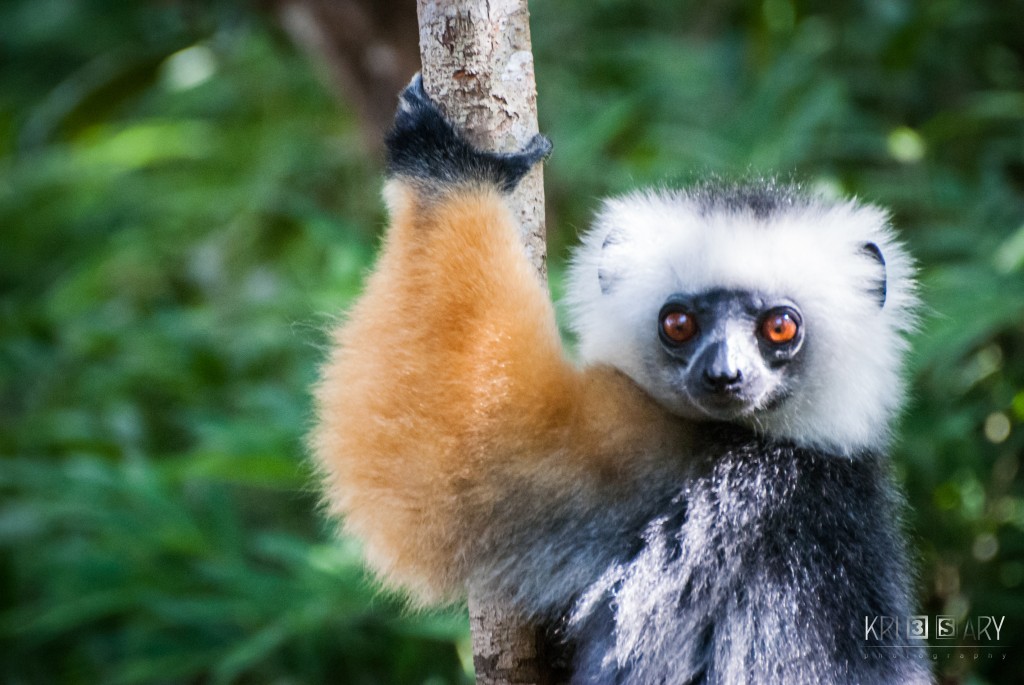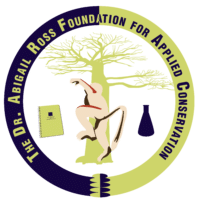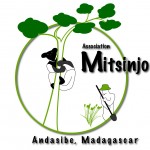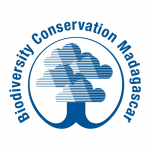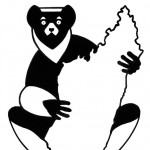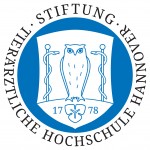Narrow conservation organizations and research groups by lemur species, what they do, and where they work in Madagascar.
- Lemurs they support
- Conservation work
- Community support
- Location
-
The Dr. Abigail Ross Foundation for Applied Conservation (TDARFAC)
Supporting Member of LCNTDARFAC’s mission is to solve critical conservation problems by cultivating new approaches with innovative techniques and applications through the support of community-led initiatives. We focus on building capacity, amplifying voices, and partnering with local communities.
-
Wildlife Madagascar
Supporting Member of LCNWildlife Madagascar seeks to address Madagascar’s biodiversity crisis by integrating wildlife conservation programs with community development. They conduct scientific studies, provide habitat protection, and partner with local communities in training, resource use, and enterprise to create lasting and sustainable change.
-
Association Mitsinjo
Association Mitsinjo was created in 1999 by the residents of Andasibe village, and manages the forest station at Analamazoatra Special Reserve.
-
Biodiversity Conservation Madagascar
Biodiversity Conservation Madagascar (BCM) is the conservation arm of Bioculture Ltd. They manage two forests on behalf of the Malagasy government through Conservation Leases: a lowland rainforest in Sahafina and the Beanka dry deciduous forest in Maintirano.
-
Eden Reforestation Projects
Eden Reforestation Projects has 46 project sites in Madagascar, employing over 3,400 people and planting over 77 million trees. They began with mangrove reforestation in 2007, and grew to include dry deciduous forests in 2012 and highland forests in 2020.
-
GERP: Groupe d’étude et de recherche sur les primates de Madagascar
With nearly 200 Malagasy members, including scientists and primatologists, GERP works with local communities to conserve lemurs and manages the Maromizaha forest in eastern Madagascar.
-
Institute of Zoology, University of Veterinary Medicine Hannover (TiHo)
The Institute of Zoology at the University of Veterinary Medicine Hannover protects lemurs through on-the-ground research, capacity building, and captive management, both inside and outside Madagascar, with a focus on nocturnal lemurs.
-
Man and the Environment: Net Positive Impact Program
Man and the Environment’s Net Positive Impact partners with local community organizations in three forests is to ensure long-term forest and lemur conservation and provide sustainable economic activities.
-
Oxford Brookes University
The Nocturnal Primate Research Group at Oxford Brookes University is among the groups leading research and conservation in Tsitongambarika (southeastern Madagascar), which is considered one of the last large remaining expanses of lowland rainforest and an Action Plan priority.
-
PICC International
Photography Inspiring Children in Conservation (PICC) engages Malagasy students with the natural world through visual arts. Students learn photography, illustration, and storytelling while learning about conservation.
-
Planet Madagascar
Planet Madagascar undertakes lemur conservation efforts in and around the Ankarafantsika National Park in northwestern Madagascar through focused outreach, education, and fire prevention.
-
SEED Madagascar
SEED Madagascar’s mission is to alleviate poverty and conserve the biologically rich – but greatly endangered – forests in southeast Madagascar by empowering some of the region’s poorest people to establish sustainable livelihoods and improve their well being.

